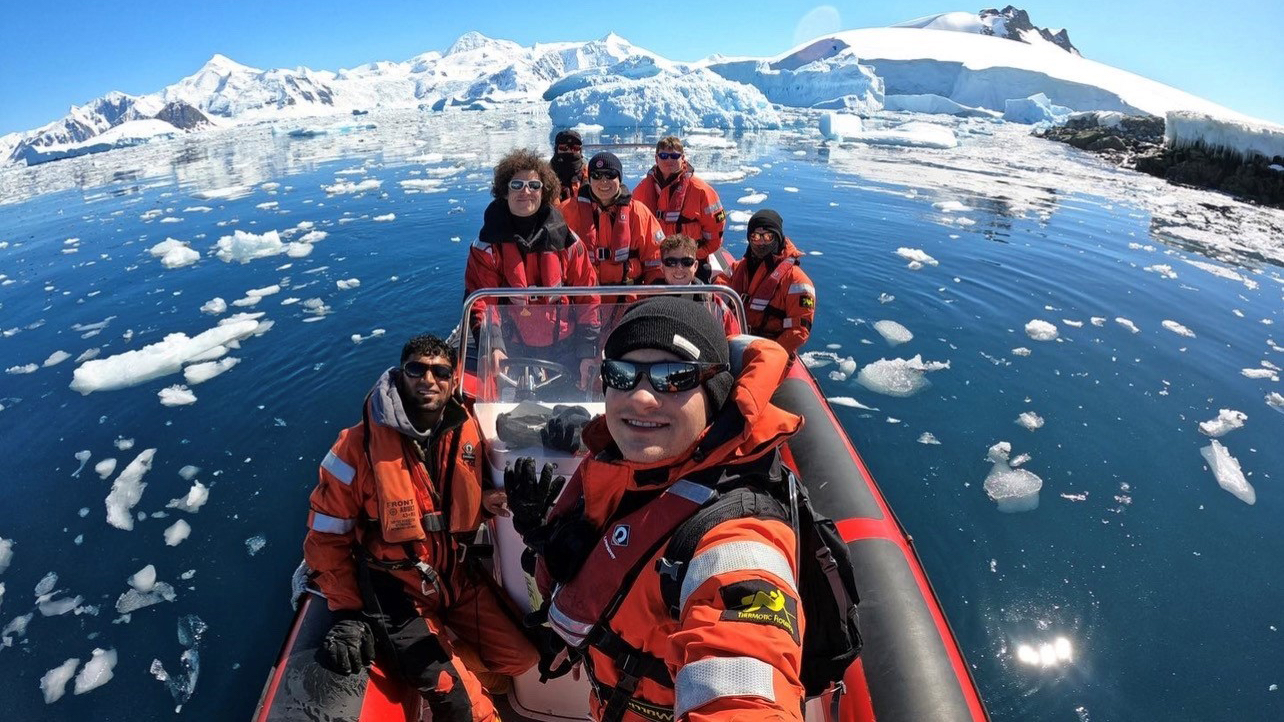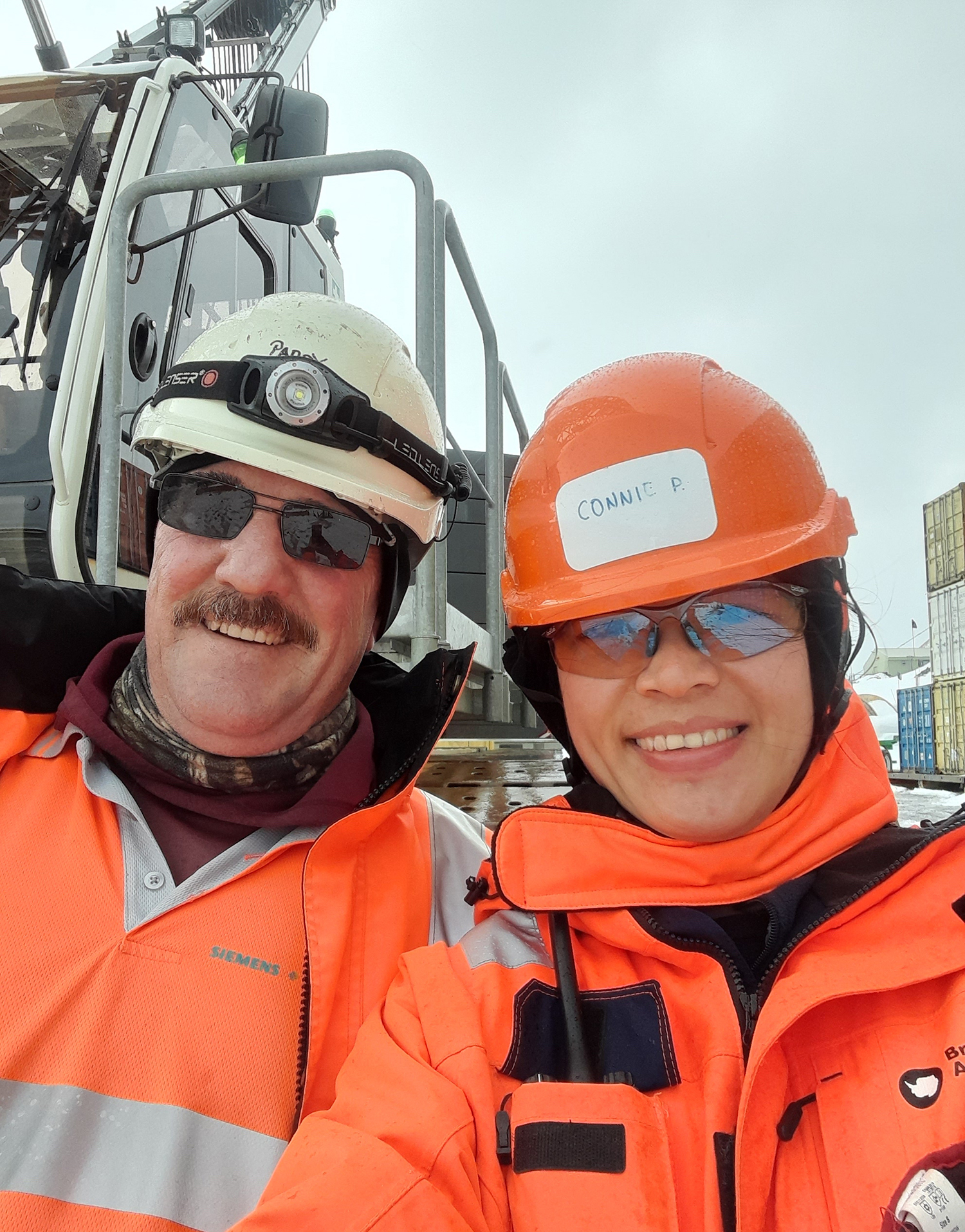
Construction sites can be challenging environments to work in at the best of times, so how would you feel about building on the coldest continent on Earth? The latest episode of our 21CC podcast asked those with hands-on experience.
BAM section engineer Stuart Webster and Ramboll senior structural engineer Connie Pang are involved in the construction of the new research and operations facility at the Rothera Station for the British Antarctic Survey on Adelaide Island just below the Antarctic Circle. How did they get on? Listen below.
BAM leads the project team with engineers Ramboll and Sweco on site. They are constructing the Discovery Building. This is two storeys in height, 90m long, and 4,500 sq m in area. When complete in 2025, it will replace a number of buildings that have reached the end of their life.
Crews can only work during the short Antarctic summer, from around November to April. While there, they work, rest, and play with the 100 or so BAS scientists and colleagues who populate the station in summer.

Obsessive planning
They must plan each season obsessively because everything, down to the last bolt, must come more than 9,000 miles by ship from the UK.
In the last building season, the team of 60 finished the cladding, laid the first-floor slabs, and lifted the building’s operations tower into place – a move they rehearsed in Scotland to get right.
Pang and Webster were both stationed at Rothera in the last season. Pang was site supervisor in the British Antarctic Survey project management office team, while Webster supervised temporary works and planned lifting and other activities.
When asked how they coped with the cold, the lack of privacy, and the isolation of being in an utterly remote region more than 8,000 miles from their UK homes, their response was surprising: they loved it.
Don’t miss out on BIM and digital construction news: sign up to receive the BIMplus newsletter.














